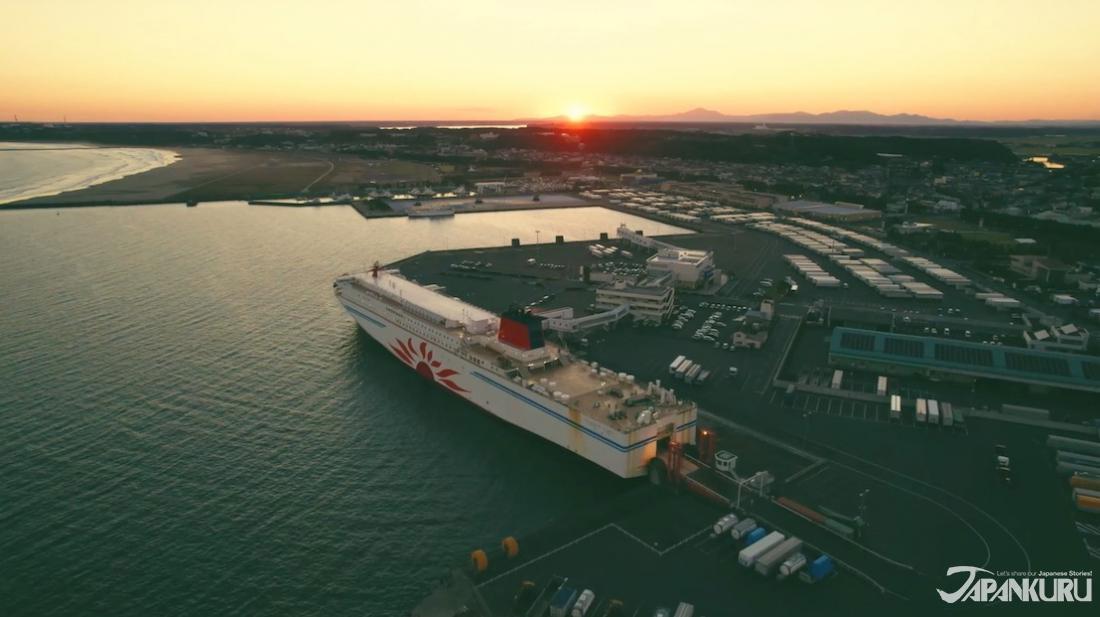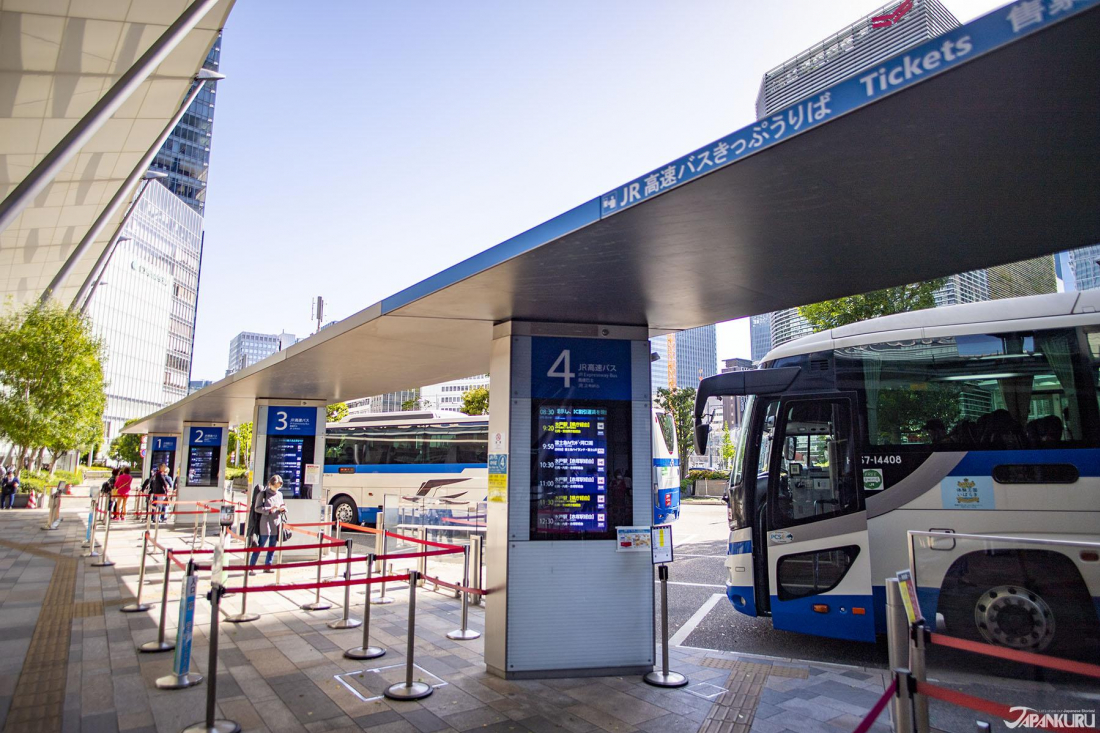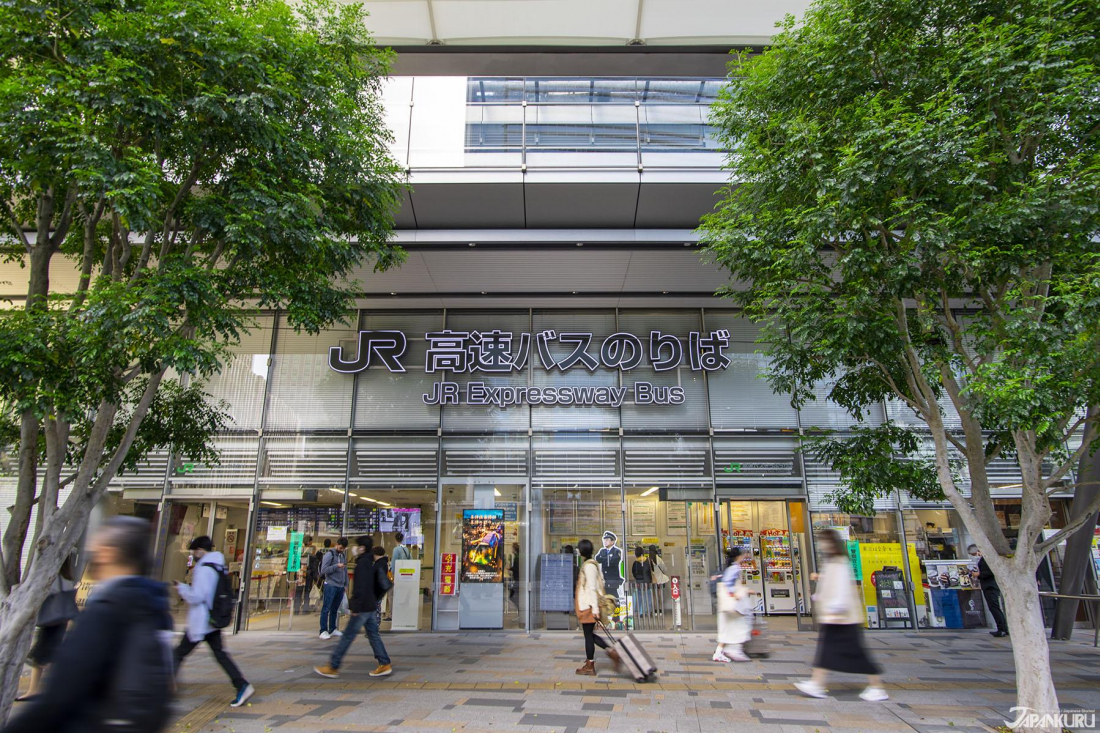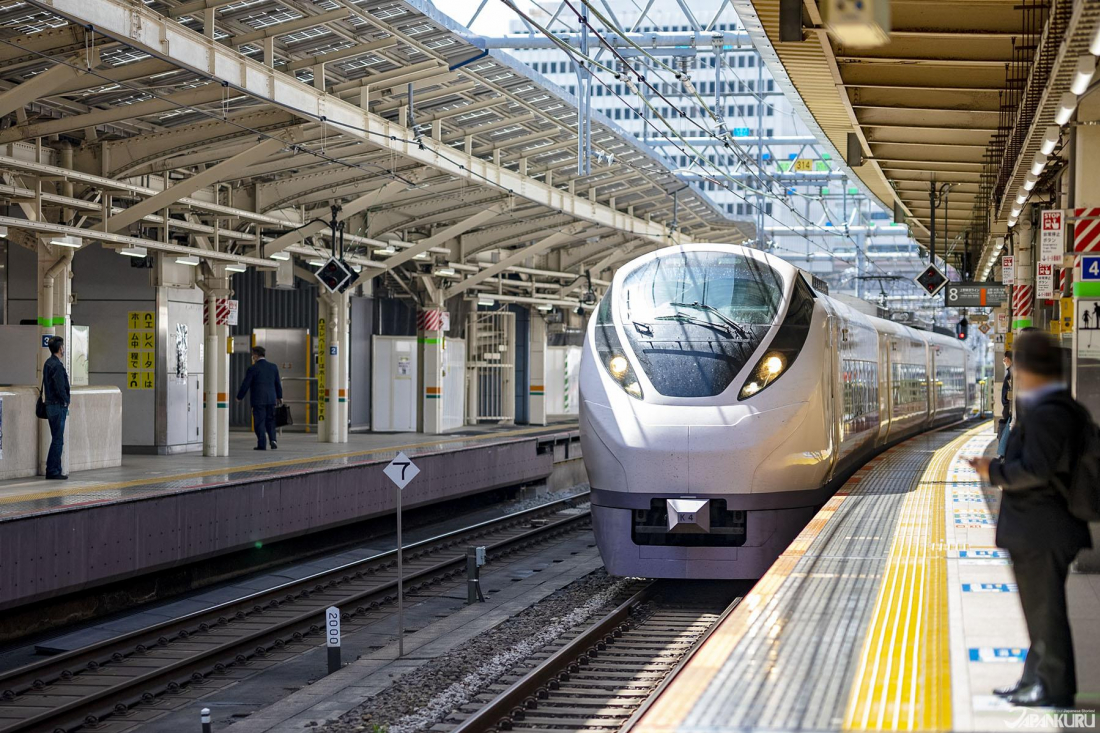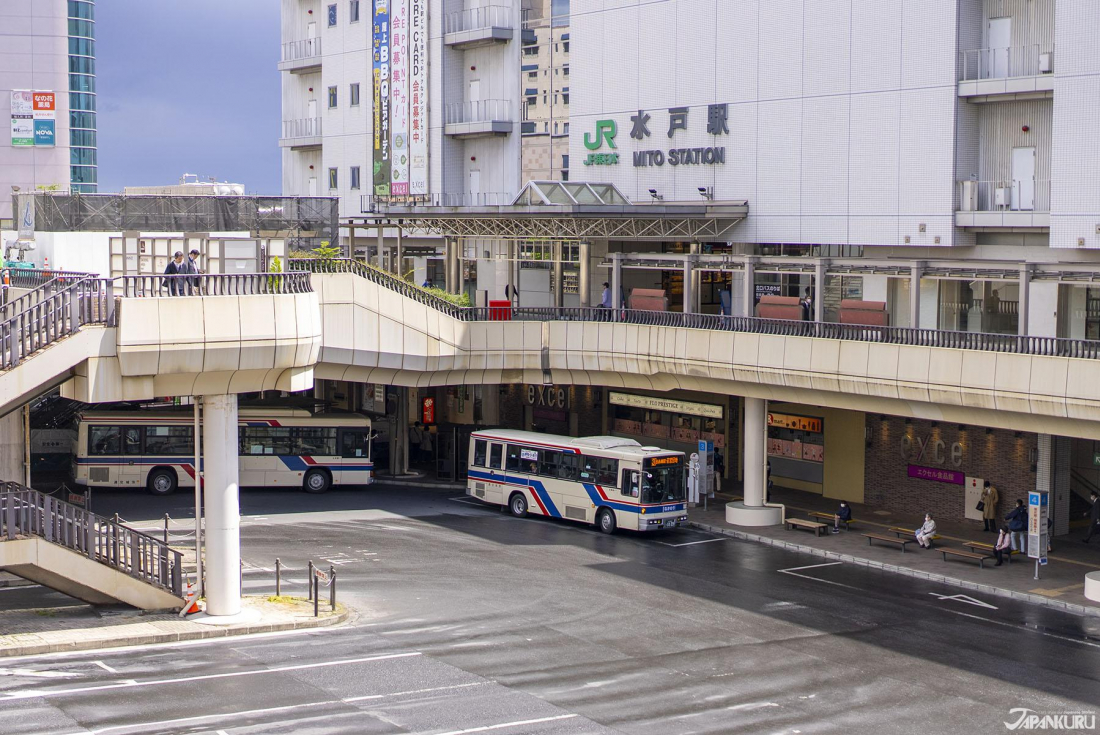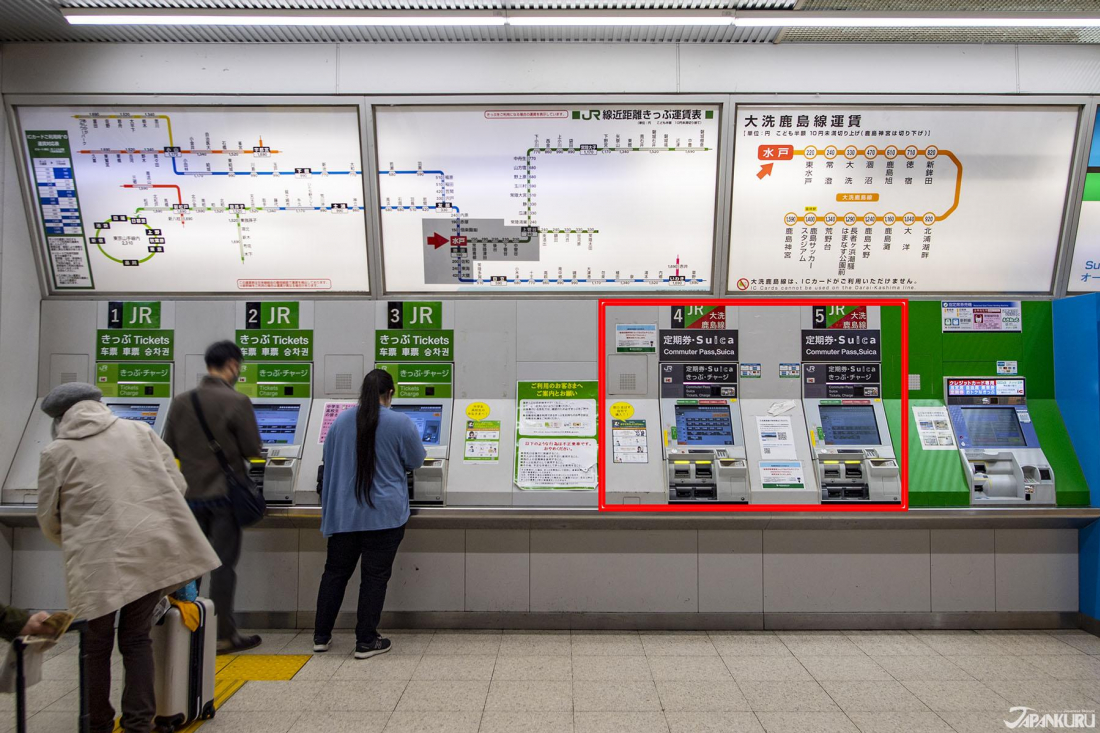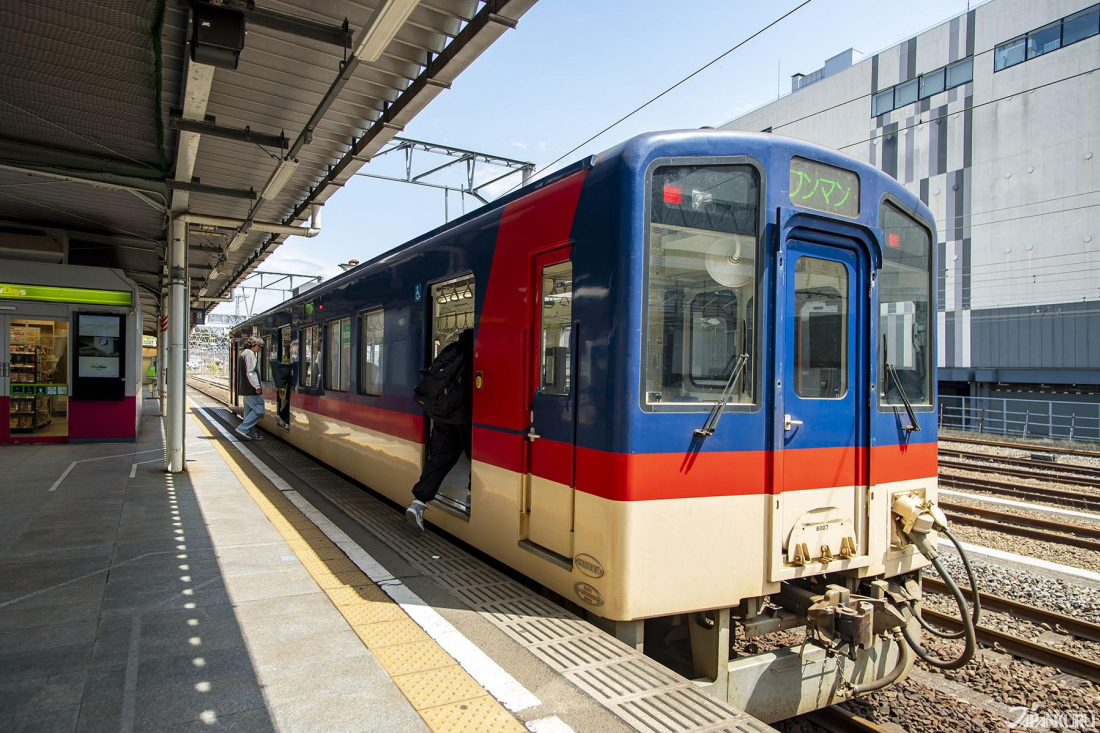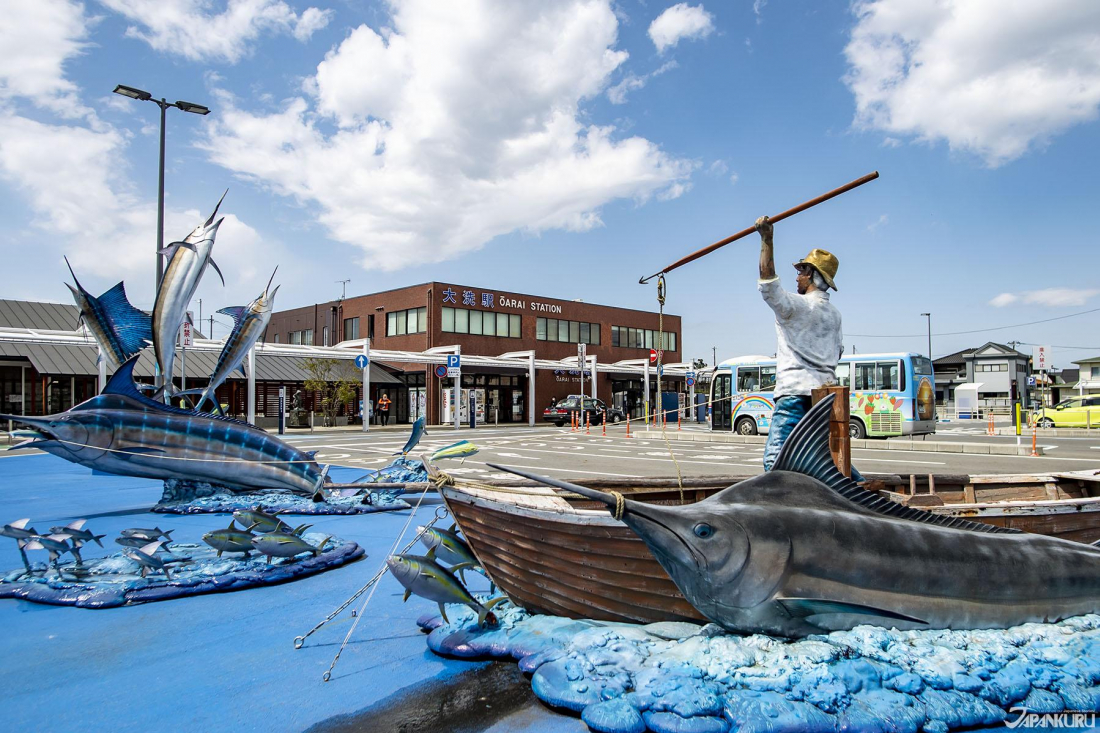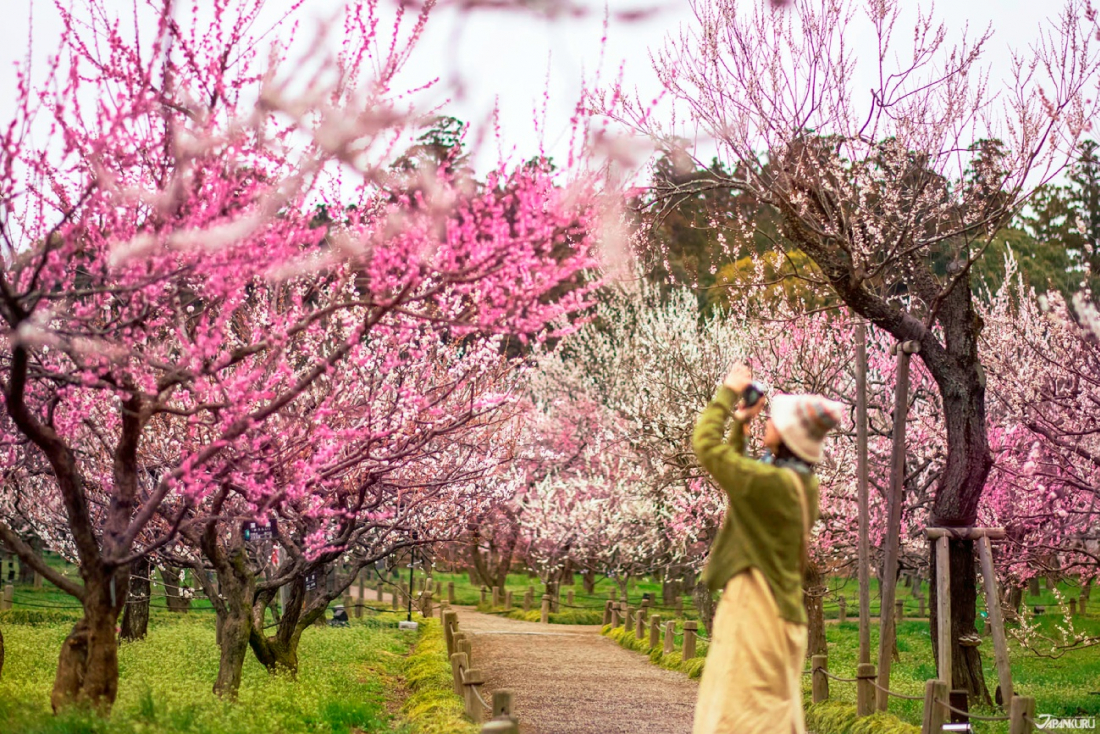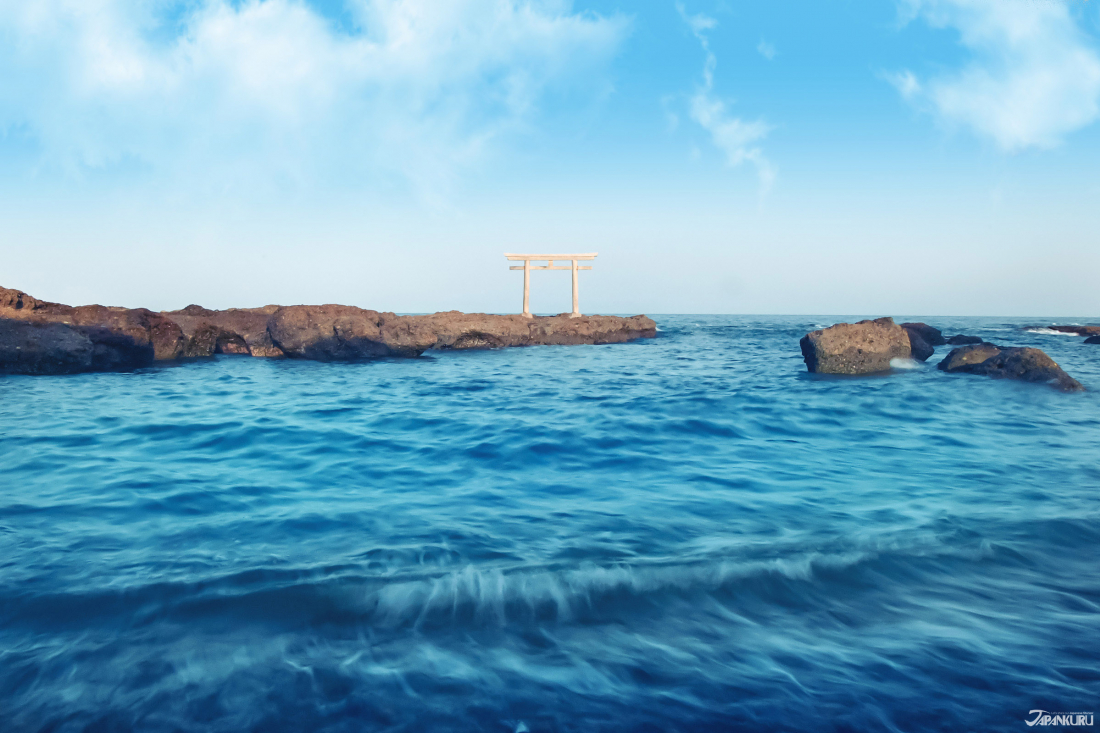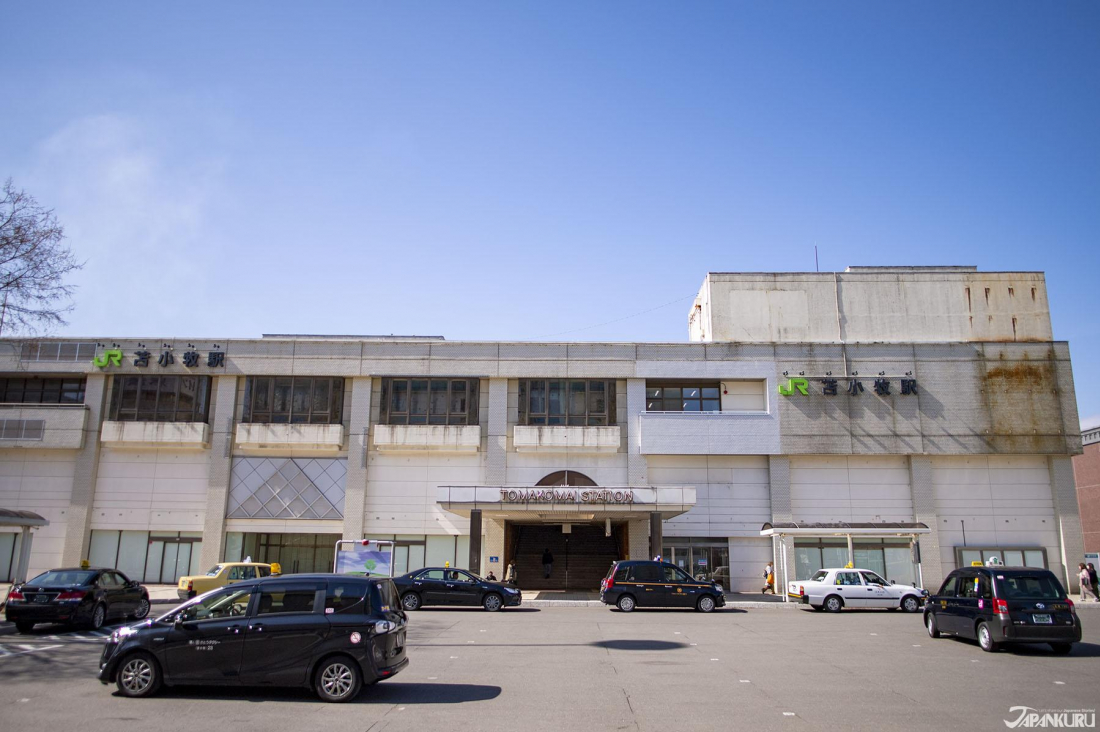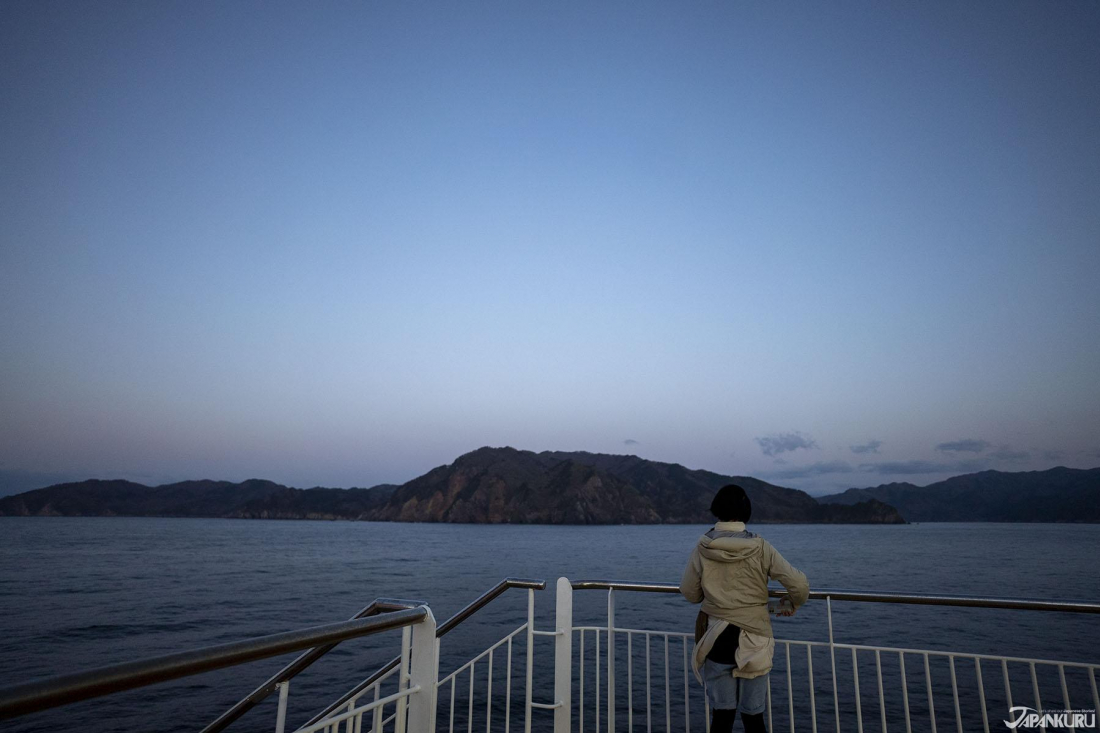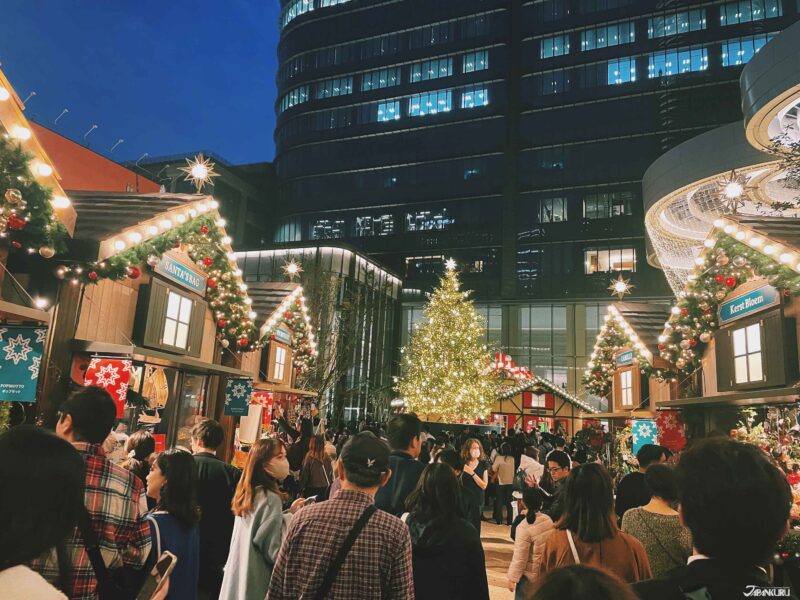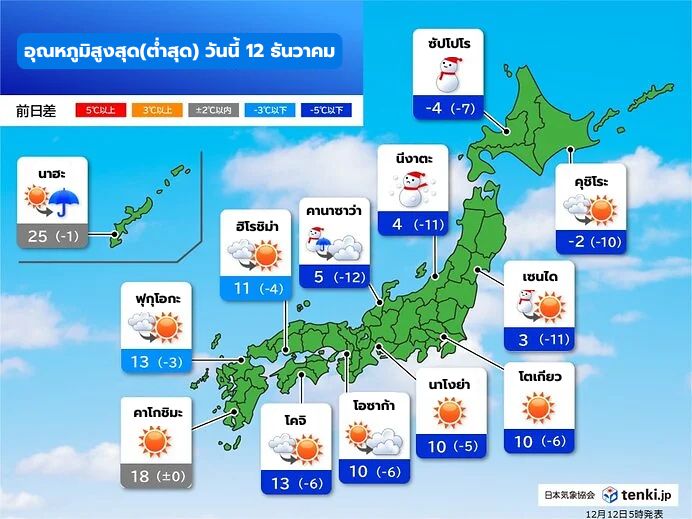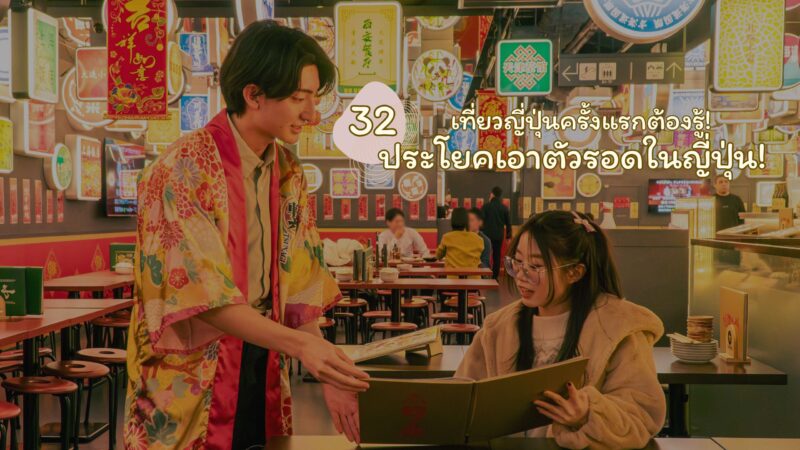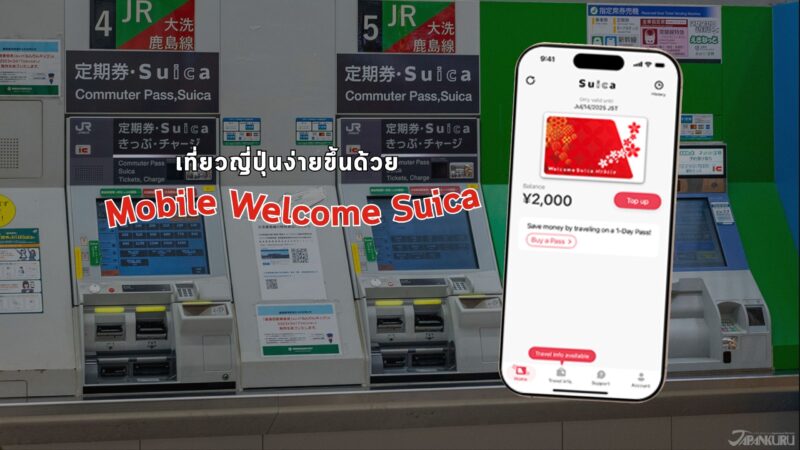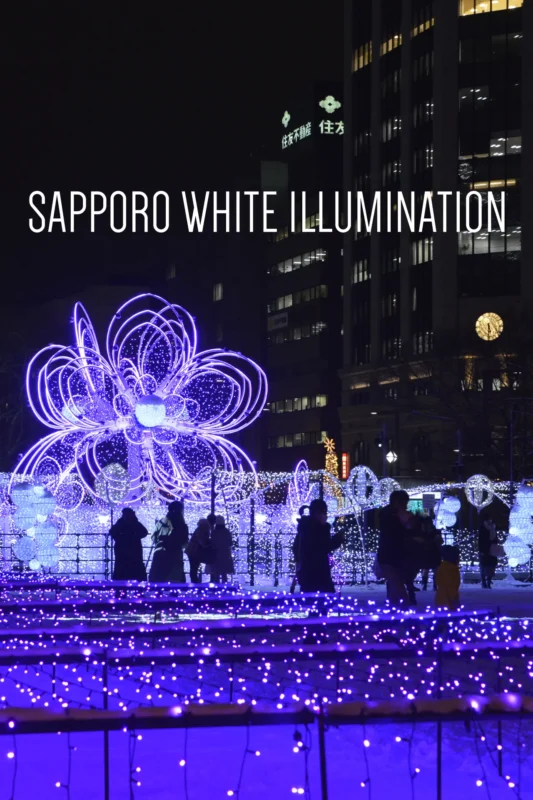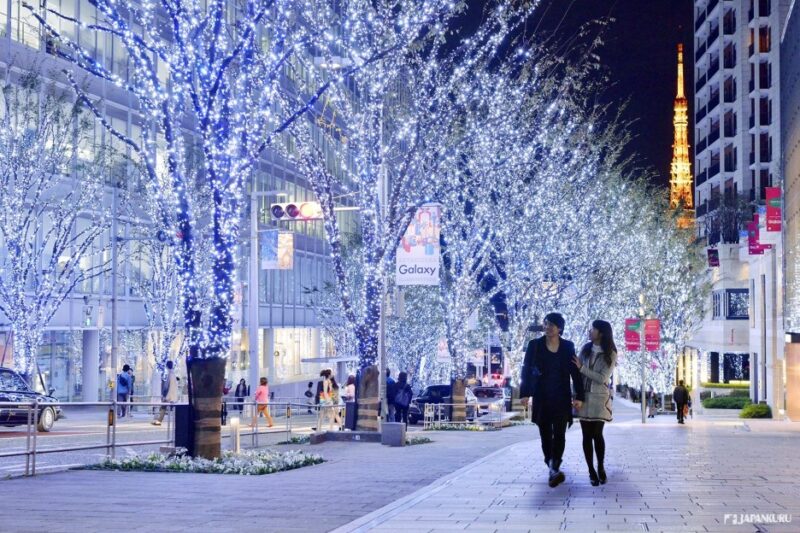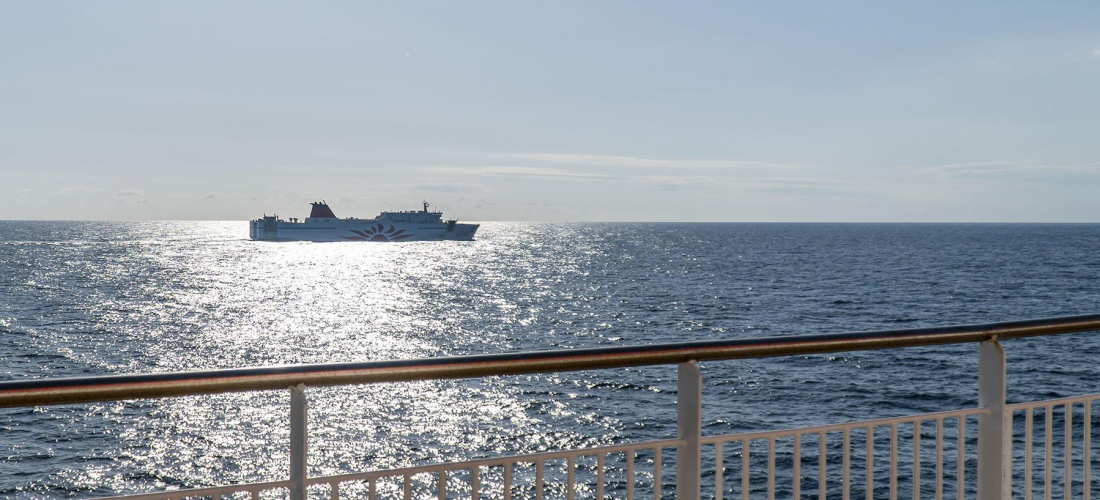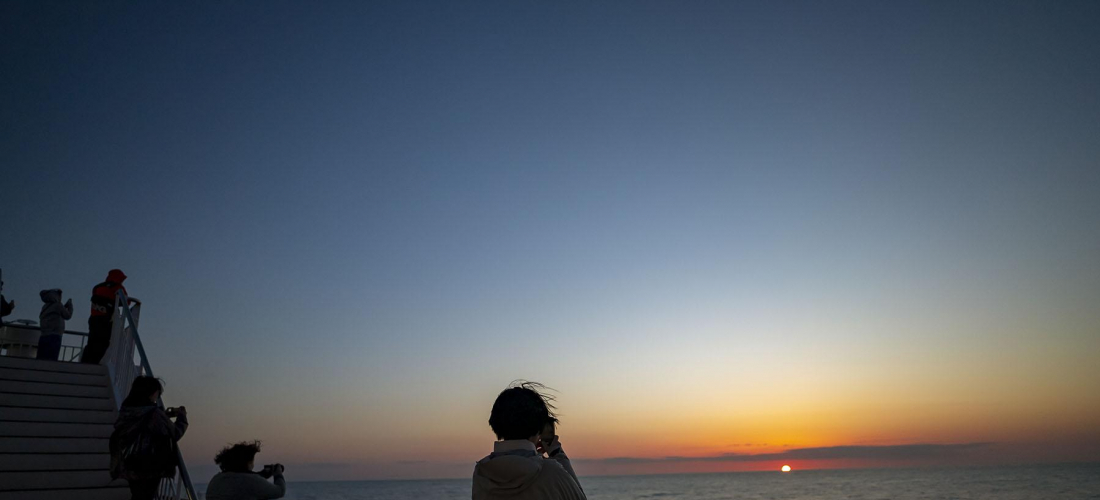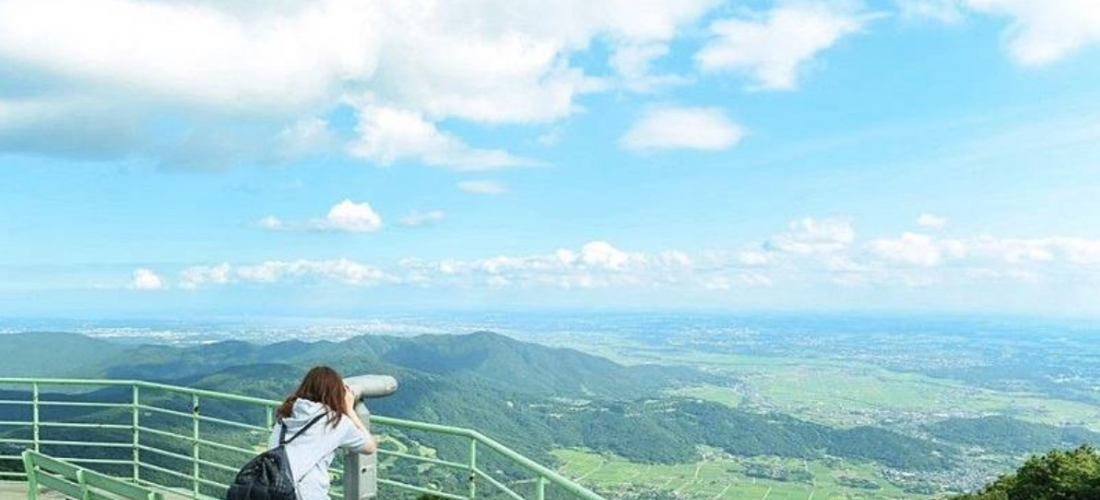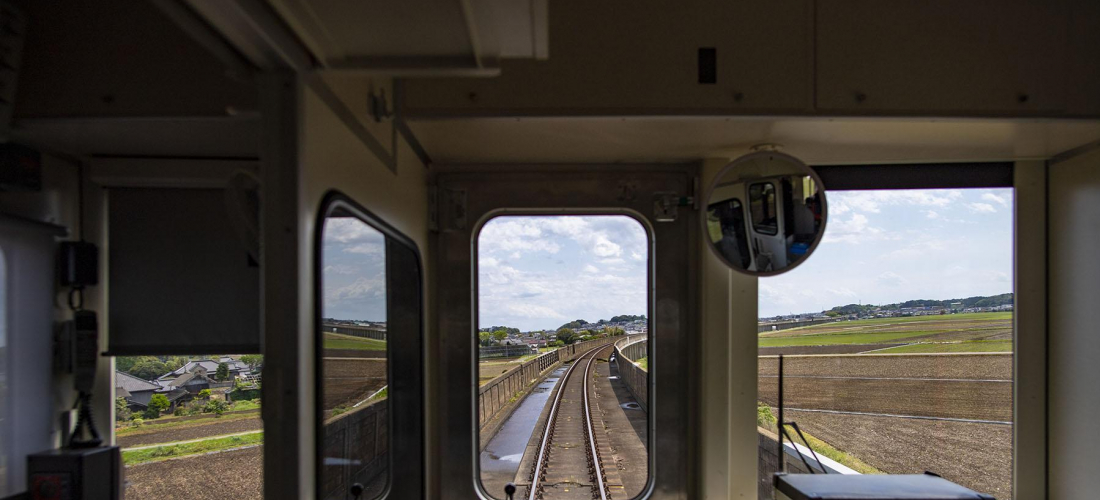
CONTENTS
แนะนำวิธีเดินทางจากในโตเกียวมุ่งสู่ท่าเรือโออาราอิ ในจังหวัดอิบาริกิ (Oarai Port)
เดินทางสบายๆจากโตเกียว สู่ ฮอกไกโด
ฮอกไกโด เกาะเหนือสุดที่ใหญ่เป็นอันดับสองของประเทศญี่ปุ่น รองจากเกาะฮอนชู (เกาะหลัก) ฤดูหนาวปกคลุมไปด้วยหิมะหนา ฤดูร้อนอากาศเย็นสบายมีแสงแดดอ่อนๆ มีทั้งเทศกาลหิมะขึ้นชื่อ ทุ่งดอกลาเวนเดอร์หอมอบอวล .. เหมาะกับการมาเที่ยวและสัมผัสบรรยากาศที่แตกต่างกันในทุกฤดู เกาะฮอกไกโดค่อนข้างไกลหากเดินทางจากเมืองหลวงอย่างโตเกียว .. ซึ่งนักท่องเที่ยวส่วนใหญ่หากต้องการเดินทางแล้วละก็จะเลือกใช้เครื่องบิน บินตรงจากสนามบินในโตเกียวสู่สนามบินท้องถิ่นอย่าง นิวชิโตเสะ หรือ ฮาโกดาเตะ
แต่วันนี้เจแปนคุรุมีรูทการเดินทางใหม่มานำเสนอ หากคุณเบื่อวิธีเดิมๆ อยากหลีกหนีความวุ่นวายในสนามบิน ไม่อยากนั่งรอก่อนเครื่องขึ้นและเครื่องลงให้เสียเวลา เราขอแนะนำให้ใช้ เฟอร์รี่ ซันฟลาวเวอร์ ! เรือเฟอร์รี่เดินสมุทรที่จะพาทุกคนเดินทางข้ามคืนมุ่งตรงสู่เกาะเหนือสุดของญี่ปุ่น ด้วยบริการวันละ 2 รอบ (เกือบทุกๆวัน) ในฤดูใบไม้ผลินี้ทีมงานกดจองจาก เว็บไซต์ซันฟลาวเวอร์ โดยตรง (ดูวิธีการจองตั๋วได้ง่ายๆที่นี่) หากพร้อมแล้ว ออกเดินทางไปเที่ยวพร้อมๆกันเลย
Tokyo~Hokkaido Ferry Sunflower (フェリーさんふらわあ)
Official Website (en)
วิธีเดินทางจากในเมืองโตเกียว สู่ ท่าเรือเฟอร์รี่ ซันฟลาวเวอร์
ขั้นตอน 1 : รถบัสจากสถานีโตเกียว มุ่งสู่ สถานีมิโตะ
(Tokyo Station to Mito Station)
หากเริ่มต้นเดินทางจากใจกลางเมืองอย่างสถานีโตเกียว (Tokyo Station) มี 2 วิธีที่เราแนะนำทั้งใช้รถบัสมุ่งตรงสู่สถานีมิโตะ (Mito Station) หรือจะเดินทางโดยรถไฟง่ายๆตามรายละเอียดด้านล่าง
※ บัสจากสถานีโตเกียวจะอยู่ใกล้ทางออกทางทิศใต้ (Yaesu South Exit) ออกประตูใหญ่ไปรถบัสจะจอดเรียงรายอยู่ทางด้านขวามือ
เดินทางโดย รถบัส (Bus) :
ซื้อตั๋วโดยสารเพื่อเดินทางไปยัง Mito-go (みと号) ในราคา 2,250 เยน ได้จากตู้ขายตั๋วอัตโนมัติในห้องขายบัตรโดยสารของ เจอาร์ เอ็กเพรสเวย์ บัส ( JR Expressway Bus office) ที่ตั้งอยู่ใกล้ๆป้ายจองรถทางออกทางทิศใต้ (Yaesu South Exit) หลังจากซื้อตั๋วโดยสารเรียบร้อยแล้วไปยังป้ายรถเบอร์ #4 มีรถออกชั่วโมงละ 1-2 คัน นั่งไปจนถึงป้ายรถเมล์ซึ่งอยู่ไม่ไกลจากสถานีมิโตะในจังหวัดอิบารากิ หากต้องการขึ้นเรือให้ทันรอบ 19:45 น. เราขอแนะนำให้ขึ้นบัสออกเดินจากสถานีโตเกียวรอบเวลา 14:30 น.
เดินทางโดย รถไฟ (Train) :
ใช้รถไฟด่วนที่เดินทางไปยัง ฮิตาชิ หรือ โทกิวะ (Hitachi or Tokiwa limited express train) มีรถไฟออกชั่วโมงละ 1-2 ขบวน รถไฟใช้เวลาน้อยกว่ารถบัสเล็กน้อยแลกกับค่าโดยสารที่แพงกว่าในราคาเที่ยวละ 3,890 เยน โดยประมาณ แนะนำให้ขึ้นรถไฟรอบ 15:53 น. จะไปถึงท่าเรือในเวลาที่เหมาะสมพอดี
※ รถบัสใช้เวลาเดินทางประมาณ 2 ชั่วโมง / รถไฟด่วนใช้เวลาประมาณ 1 ชั่วโมง 20 นาที
ขั้นตอน 2 : จากสถานีมิโตะ เดินทางไปยังท่าเรือโออาราอิ
(Mito Station to Oarai Station)
มิโตะ เมืองหลวงศูนย์กลางของจังหวัดอิบารากิ มีสวนซามูไรขนาดใหญ่ที่เต็มไปด้วยดอกบ๊วยบานสะพรั่งในปลายฤดูหนาว จากสถานีกลางมิโตะ เดินทางไม่ไกลก็ถึงท่าเรือเฟอร์รี่ โออาราอิ
เดินทางโดย รถบัส (Bus) :
จากสถานีมิโตะ มุ่งตรงสู่ ท่าเรือเฟอร์นี่ โออาราอิ (Oarai Ferry Terminal) นั่งบัสจากป้าย #3 บริเวณทางออกทิศเหนือของสถานี ราคาอยู่ที่ประมาณ 560 ถึง 620 เยนต่อเที่ยว ( ※ แนะนำบัสรอบเวลา 17:25 น.)
เดินทางโดย รถไฟ (Train) :
สัมผัสบรรยากาศท้องถิ่นโดยการนั่งรถไฟก็สามารถทำได้เช่นกัน ! ซื้อตั๋วรถไฟคาชิมะ รินไก ไลน์เวย์ (Kashima Rinkai Railway) ไปยังสถานีโออาราอิ (Oarai Station) ราคาค่าเดินทางอยู่ที่ 330 เยนเท่านั้น
※ ตั๋วโดยสารคาชิมะ รินไก ไลน์เวย์ (Kashima Rinkai Railway) ซื้อได้ที่เครื่องจำหน่ายตั๋วอัตโนมัติที่มีเครื่องหมาย "JR/大洗鹿島線" สังเกตุจากป้ายที่เขียวๆแดงๆบนตัวเครื่อง ไม่ใช่ป้ายที่เขียนว่า "JR"
รถไฟคาชิมะ รินไก ไลน์เวย์เป็นรถไฟตู้เดี่ยวแบบย้อนยุค เพลิดเพลินกับบรรยากาศชนบทของญี่ปุ่นข้างทางใช้เวลาประมาณ 15 นาทีก็ถึงสถานีโออาราอิ (Oarai Station) ( ※ แนะนำให้ขึ้นรถไฟเที่ยว 17.30 น. )
ขั้นตอน 3 : จากสถานีโออาราอิ สู่ท่าเรือเฟอร์รี่ (Oarai Station to the Sunflower ferry port)
พอลงรถไฟหรือรถบัสที่สถานีโออาราอิเรียบร้อยแล้ว ใช้เวลาเดินประมาณ 17 นาที เพื่อไปยังท่าเรือเฟอร์รี่ ! วิธีนี้เหมาะสำหรับใครที่ไม่มีกระเป๋าหรือสิ่งของสัมภาระหนัก และ วันที่อากาศดีๆ แต่หากไม่อยากเดินเราแนะนำให้ต่อรถบัสหรือแท็กซี่เพื่อตรงไปยังท่าเรือ
จากหน้าสถานีโออาราอิ นั่งบัส ไคยู-โก (Kaiyu-Go) เพื่อมุ่งตรงไปสู่ท่าเรือในราคาโดยสารเที่ยวละ 100 เยน แต่ทั้งนี้ทั้งนั้นเที่ยวรถบัสน้อยมากๆและอาจจะไม่ตรงกับตารางเวลาที่กำหนดไว้ อีกทางเลือกคือการนั่งแท็กซี่ ใช้เวลาประมาณ 5-6 นาทีก็ถึงท่าเรือ (ค่ารถแท็กซี่ประมาณไม่เกิน 1,000 เยน)
ถึงท่าเรือโออาราอิ เฟอร์รี่ เทอมินอลเรียบร้อยแล้วก็สามารถเดินเข้าไปเช็คอินที่เค้าเตอร์ในอาคารโดยสารได้เลย เพียงแค่นี้ก็เรียบร้อยพร้อมขึ้นเรือ
แวะเที่ยวระหว่างทาง
หากแพลนแล้วก่อนขึ้นเรือมีเวลาว่าง ระหว่างทางจากโตเกียวไปถึงอิบารากิก็มีสถานที่ท่องเที่ยวมากมายให้ได้แวะชม ! เมืองมิโตะมีสวนไคราคุเอ็น (Kairakuen Gardens) สถานที่ชมดอกบ๊วยชื่อดังติดท็อปในญี่ปุ่น ดอกบ๊วยจะบานสะพรั่งช่วงปลายฤดูหนาว (เดือนกุมภาพันธ์-มีนาคม) ใช้เวลาเดินทางจากสถานีมิโตะประมาณ 20 นาทีเท่านั้น หรือฤดูอื่นๆก็มีดอกไม้หลากหลายสายพันธ์ุให้เดินชม เป็นสถานที่พักผ่อนหย่อนใจของผู้คนในพื้นที่และนักท่องเที่ยวตลอดทั้งปี
▷ บทความเกี่ยวกับ สวนไคราคุเอ็น (ภาษาอังกฤษ)
อีกหนึ่งสถานที่ท่องเที่ยวแถวๆโออาราอิที่แนะนำคือศาลเจ้า โออาราอิ อิโซซากิ (Oarai Isosaki Shrine) ที่มีประตูโทริอิตั้งตระหง่านอยู่บนโขดหินที่โผล่ขึ้นมาจากคลื่นทะเล สวยงาม และเป็นสถานที่ท่องเที่ยวยอดนิยมตลอดกาลของจังหวัดอิบารากิ !
▷ บทความเกี่ยวกับ ศาลเจ้า โออาราอิ โซซากิ (ภาษาอังกฤษ)
การเดินทางเมื่อถึงท่าเรือในฮอกไกโด
ส่วนใหญ่นักท่องเที่ยวจะใช้เรือเฟอร์รี่เดินทางไปยังฮอกไกโด โดยไม่ได้นำรถยนต์ส่วนตัวไปด้วย พอถึงท่าเรือที่ฮอกไกโดแล้วจำเป็นต้องต่อรถเข้าเมืองหลวงอย่าง ซับโปโร ซึ่งสามารถเดินทางเข้าเมืองได้ทั้งรถบัสและรถไฟตามรายละเอียดด้านล่างเลย !
ตัวเลือกที่ง่ายและราคาถูกที่สุดหลังจากถึงท่าเรือ โทมาโกไมอิ (Tomakomai) คือนั่งบัส เอ็กเพรส โทมาโกไมอิ-โก (Express Tomakomai-go) ใช้เวลาประมาณ 2 ชั่วโมง ในราคา 1,450 เยน มีบัสวิ่ง 4 เที่ยว/วัน หากถึงฮอกไกโดประมาณบ่ายๆ 13.30 น. แนะนำให้ใช้บัสในรอบก่อน 14.00 น. หากไม่ทันแล้วละก็สามารถนั่งบัสที่ตรงไปยังสถานีรถไฟ โทมาโกไมอิ (Tomakomai Station) และต่อรถไฟเข้าไปยังตัวเมืองได้
ที่เฟอร์รี่ ซันฟลาวเวอร์ ยังมีตั๋วบัตรโดยสาร “Pacific Story pass” แบบเป็นเซ็ตขาย บัตรเดียวรวมทั้งตั๋วเรือและรถบัสในเมือง หากต้องการายละเอียดเพิ่มเติมเกี่ยวกับราคาและการจองล่วงหน้า สามารถสอบถามกับทางศูนย์จองที่โออาราอิ (029-267-4133) หรือ ศูนย์ที่ โทมาโกไมอิ (0144-34-3121) ได้เลยตามในเบอร์โทรศัพท์ที่วงเล็บ
ลองเที่ยวญี่ปุ่นเดินทางผจญภัยแบบใหม่บนเรือเฟอร์รี่ ! เพลิดเพลินกับห้องพักหลากหลายรูปแบบ อากาศบริสุทธิ์ในมหาสมุทร และ สิ่งอำนวยความสะดวกครบครัน อยากรู้ว่าบนเรือมีอะไรบ้างนั้น ติดตามได้ในบทความถัดไปของเจแปนคุรุได้เลย
ติดตามเรื่องราว ข้อมูล และข่าวสารส่งตรงจากญี่ปุ่นกับ JAPANKURU ได้ทาง Facebook และ Twitter
Details
NAME:Ferry Sunflower (フェリーさんふらわあ)
ACCESS:Tokyo Station to Sapporo Station
COMMENT
FEATURED MEDIA
VIEW MORE 
A New Tokyo Animal Destination: Relax & Learn About the World’s Animals in Japan
#pr #japankuru #anitouch #anitouchtokyodome #capybara #capybaracafe #animalcafe #tokyotrip #japantrip #카피바라 #애니터치 #아이와가볼만한곳 #도쿄여행 #가족여행 #東京旅遊 #東京親子景點 #日本動物互動體驗 #水豚泡澡 #東京巨蛋城 #เที่ยวญี่ปุ่น2025 #ที่เที่ยวครอบครัว #สวนสัตว์ในร่ม #TokyoDomeCity #anitouchtokyodome

Shohei Ohtani Collab Developed Products & Other Japanese Drugstore Recommendations From Kowa
#pr #japankuru
#kowa #syncronkowa #japanshopping #preworkout #postworkout #tokyoshopping #japantrip #일본쇼핑 #일본이온음료 #오타니 #오타니쇼헤이 #코와 #興和 #日本必買 #日本旅遊 #運動補充能量 #運動飲品 #ช้อปปิ้งญี่ปุ่น #เครื่องดื่มออกกำลังกาย #นักกีฬา #ผลิตภัณฑ์ญี่ปุ่น #อาหารเสริมญี่ปุ่น

도쿄 근교 당일치기 여행 추천! 작은 에도라 불리는 ‘가와고에’
세이부 ‘가와고에 패스(디지털)’ 하나면 편리하게 이동 + 가성비까지 완벽하게! 필름카메라 감성 가득한 레트로 거리 길거리 먹방부터 귀여움 끝판왕 핫플&포토 스폿까지 총집합!
Looking for day trips from Tokyo? Try Kawagoe, AKA Little Edo!
Use the SEIBU KAWAGOE PASS (Digital) for easy, affordable transportation!
Check out the historic streets of Kawagoe for some great street food and plenty of picturesque retro photo ops.
#pr #japankuru #도쿄근교여행 #가와고에 #가와고에패스 #세이부패스 #기모노체험 #가와고에여행 #도쿄여행코스 #도쿄근교당일치기 #세이부가와고에패스
#tokyotrip #kawagoe #tokyodaytrip #seibukawagoepass #kimono #japantrip

Hirakata Park, Osaka: Enjoy the Classic Japanese Theme Park Experience!
#pr #japankuru #hirakatapark #amusementpark #japantrip #osakatrip #familytrip #rollercoaster #retrôvibes #枚方公園 #大阪旅遊 #關西私房景點 #日本親子旅行 #日本遊樂園 #木造雲霄飛車 #히라카타파크 #สวนสนุกฮิราคาตะพาร์ค

🍵Love Matcha? Upgrade Your Matcha Experience With Tsujiri!
・160년 전통 일본 말차 브랜드 츠지리에서 말차 덕후들이 픽한 인기템만 골라봤어요
・抹茶控的天堂!甜點、餅乾、飲品一次滿足,連伴手禮都幫你列好清單了
・ส่องมัทฉะสุดฮิต พร้อมพาเที่ยวร้านดังในอุจิ เกียวโต
#pr #japankuru #matcha #matchalover #uji #kyoto #japantrip #ujimatcha #matchalatte #matchasweets #tsujiri #말차 #말차덕후 #츠지리 #교토여행 #말차라떼 #辻利抹茶 #抹茶控 #日本抹茶 #宇治 #宇治抹茶 #日本伴手禮 #抹茶拿鐵 #抹茶甜點 #มัทฉะ #ของฝากญี่ปุ่น #ชาเขียวญี่ปุ่น #ซึจิริ #เกียวโต

・What Is Nenaito? And How Does This Sleep Care Supplement Work?
・你的睡眠保健品——認識「睡眠茶氨酸錠」
・수면 케어 서플리먼트 ‘네나이토’란?
・ผลิตภัณฑ์เสริมอาหารดูแลการนอน “Nenaito(ネナイト)” คืออะไร?
#pr #japankuru #sleepcare #japanshopping #nenaito #sleepsupplement #asahi #睡眠茶氨酸錠 #睡眠保健 #朝日 #l茶胺酸 #日本藥妝 #日本必買 #일본쇼핑 #수면 #건강하자 #네나이토 #일본영양제 #อาหารเสริมญี่ปุ่น #ช้อปปิ้งญี่ปุ่น #ร้านขายยาญี่ปุ่น #ดูแลตัวเองก่อนนอน #อาซาฮิ

Japanese Drugstore Must-Buys! Essential Items from Hisamitsu® Pharmaceutical
#PR #japankuru #hisamitsu #salonpas #feitas #hisamitsupharmaceutical #japanshopping #tokyoshopping #traveltips #japanhaul #japantrip #japantravel

Whether you grew up with Dragon Ball or you just fell in love with Dragon Ball DAIMA, you'll like the newest JINS collab. Shop this limited-edition Dragon Ball accessory collection to find some of the best Dragon Ball merchandise in Japan!
>> Find out more at Japankuru.com! (link in bio)
#japankuru #dragonball #dragonballdaima #animecollab #japanshopping #jins #japaneseglasses #japantravel #animemerch #pr

This month, Japankuru teamed up with @official_korekoko to invite three influencers (originally from Thailand, China, and Taiwan) on a trip to Yokohama. Check out the article (in Chinese) on Japankuru.com for all of their travel tips and photography hints - and look forward to more cool collaborations coming soon!
【橫濱夜散策 x 教你怎麼拍出網美照 📸✨】
每次來日本玩,是不是都會先找旅日網紅的推薦清單?
這次,我們邀請擁有日本豐富旅遊經驗的🇹🇭泰國、🇨🇳中國、🇹🇼台灣網紅,帶你走進夜晚的橫濱!從玩樂路線到拍照技巧,教你怎麼拍出最美的夜景照。那些熟悉的景點,換個視角說不定會有新發現~快跟他們一起出發吧!
#japankuru #橫濱紅磚倉庫 #汽車道 #中華街 #yokohama #japankuru #橫濱紅磚倉庫 #汽車道 #中華街 #yokohama #yokohamaredbrickwarehouse #yokohamachinatown

If you’re a fan of Vivienne Westwood's Japanese designs, and you’re looking forward to shopping in Harajuku this summer, we’ve got important news for you. Vivienne Westwood RED LABEL Laforet Harajuku is now closed for renovations - but the grand reopening is scheduled for July!
>> Find out more at Japankuru.com! (link in bio)
#japankuru #viviennewestwood #harajuku #omotesando #viviennewestwoodredlabel #viviennewestwoodjapan #비비안웨스트우드 #오모테산도 #하라주쿠 #日本購物 #薇薇安魏斯伍德 #日本時尚 #原宿 #表參道 #japantrip #japanshopping #pr

Ready to see TeamLab in Kyoto!? At TeamLab Biovortex Kyoto, the collective is taking their acclaimed immersive art and bringing it to Japan's ancient capital. We can't wait to see it for ourselves this autumn!
>> Find out more at Japankuru.com! (link in bio)
#japankuru #teamlab #teamlabbiovortex #kyoto #kyototrip #japantravel #artnews
Photos courtesy of teamLab, Exhibition view of teamLab Biovortex Kyoto, 2025, Kyoto ® teamLab, courtesy Pace Gallery

Japanese Makeup Shopping • A Trip to Kamakura & Enoshima With Canmake’s Cool-Toned Summer Makeup
#pr #canmake #enoshima #enoden #에노시마 #캔메이크 #japanesemakeup #japanesecosmetics

⚔️The Robot Restaurant is gone, but the Samurai Restaurant is here to take its place. Check it out, and don't forget your coupon!
🍣신주쿠의 명소 로봇 레스토랑이 사무라이 레스토랑으로 부활! 절찬 쿠폰 발급중
💃18歲以上才能入場的歌舞秀,和你想的不一樣!拿好優惠券去看看~
#tokyo #shinjuku #samurairestaurant #robotrestaurant #tokyotrip #도쿄여행 #신주쿠 #사무라이레스토랑 #이색체험 #할인이벤트 #歌舞伎町 #東京景點 #武士餐廳 #日本表演 #日本文化體驗 #japankuru #japantrip #japantravel #japanlovers #japan_of_insta

Japanese appliance & electronics shopping with our KOJIMA x BicCamera coupon!
用JAPANKURU的KOJIMA x BicCamera優惠券買這些正好❤️
코지마 x 빅 카메라 쿠폰으로 일본 가전 제품 쇼핑하기
#pr #japankuru #japanshopping #kojima #biccamera #japaneseskincare #yaman #dji #osmopocket3 #skincaredevice #日本購物 #美容儀 #相機 #雅萌 #日本家電 #일본여행 #면세 #여행꿀팁 #일본쇼핑리스트 #쿠폰 #일본쇼핑 #일본브랜드 #할인 #코지마 #빅카메라 #japankurucoupon

